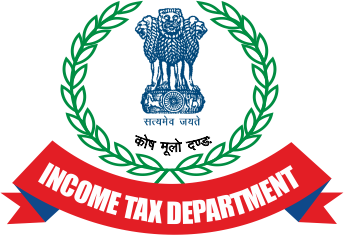The Central Board of Direct Taxes (CBDT) has instructed field formations of the Income Tax Department to intensify efforts against black money and tax evasion through a comprehensive, time-bound strategy aimed at bringing unreported and under-reported businesses into the tax net.
According to a media report, the CBDT estimates a potential recovery of undisclosed income amounting to a staggering Rs. 2.4 lakh crore during the current financial year.
Each jurisdiction of the Income Tax Department has been tasked with conducting at least one major search and seizure operation by July 31, followed by a minimum of two additional operations between August 2025 and March 2026, NDTV Profit reported.
The CBDT has further directed that 60% of the overall target be achieved through intrusive measures such as searches and raids, while the remaining 40% should come from non-intrusive methods involving data analytics and financial intelligence.
As part of its strategy, the Investigation Wing has been instructed to prepare focused, data-backed reports on sectors vulnerable to tax evasion and lacking sufficient disclosure. Targeted sectors may include manufacturing, services, mining, liquor trade, international trade, hawala networks, healthcare, scrap dealing, and other ancillary or unregulated industries.
Highlighting the limited visibility into informal transactions, the CBDT emphasized the urgent need to study sectors with high volumes of unreported activity and develop strategies to promote formalisation and improve compliance.
This aggressive push is part of a broader plan to widen the tax base by bringing businesses that have so far evaded scrutiny due to insufficient data into the formal economy, thereby boosting revenue collections.
Meanwhile, India’s direct tax collections for the fiscal year 2024–25 have surpassed expectations. According to the Finance Ministry’s latest figures, provisional net direct tax collections have reached Rs. 11,82,875 crore, marking a 17% increase over the previous year. The tax buoyancy factor — which measures the growth rate of direct taxes relative to GDP growth — stood at 1.57, up from 1.54 in 2023–24, reflecting the strong fiscal health of the country.
(With IANS inputs)




















